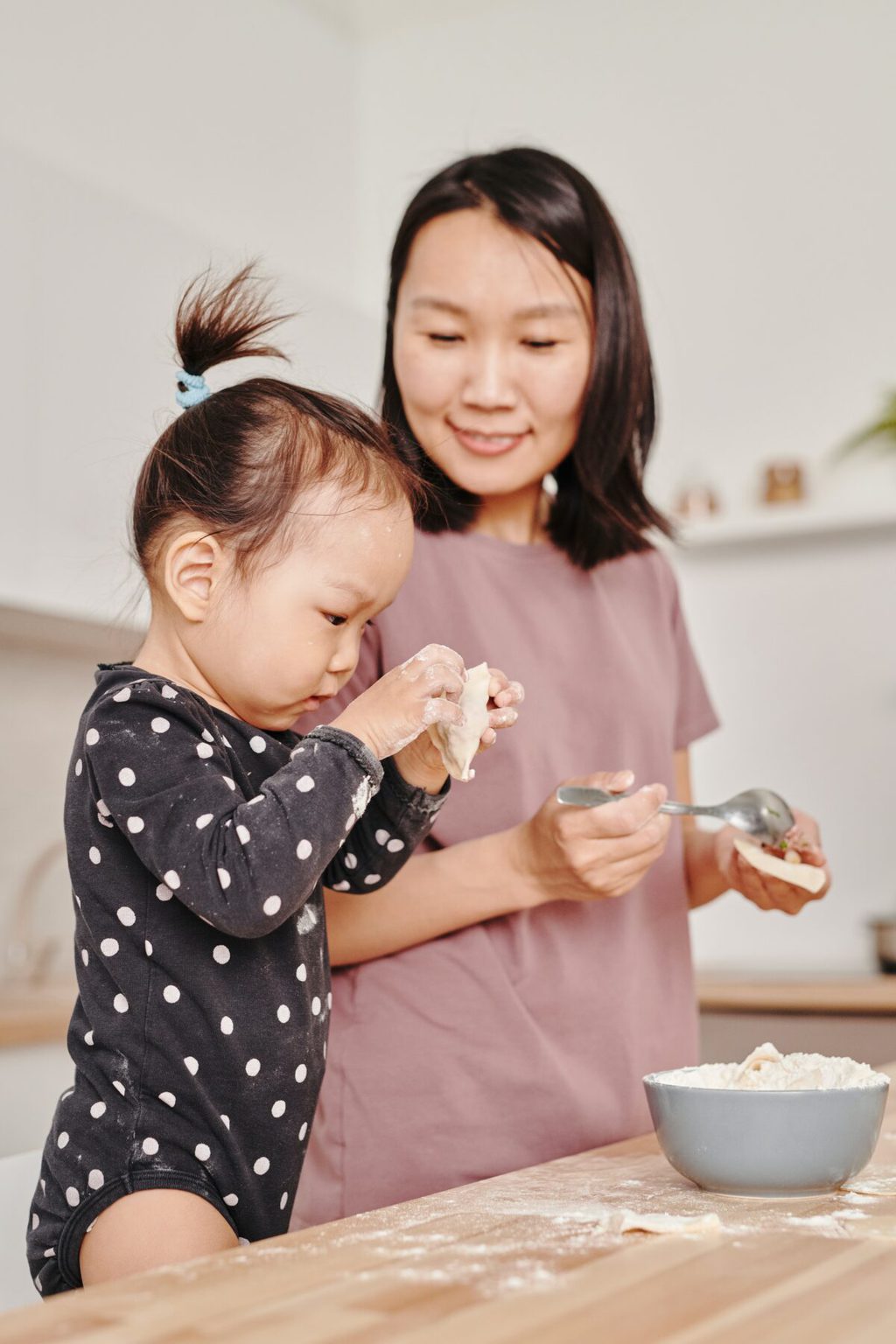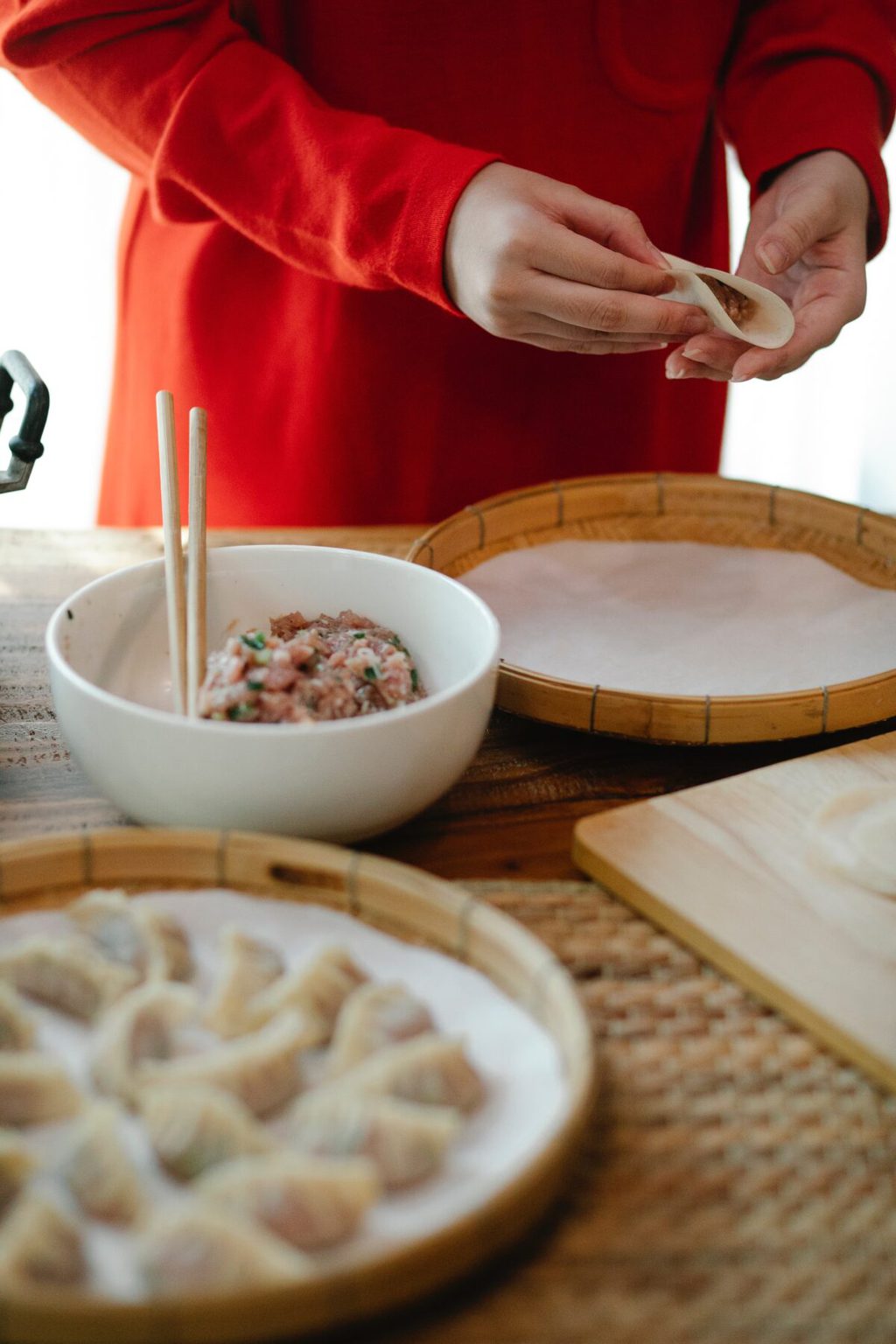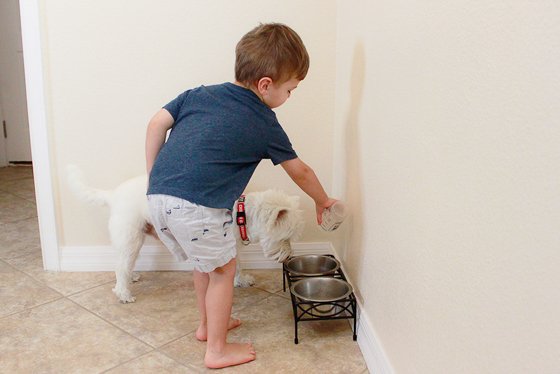Asian dumplings are always a savory choice when it comes to choosing something to eat. Choosing Jiaozi means not only choosing a delicious treat but choosing history and a true art form. Jiaozi is a delicious Chinese dumpling that has been satisfying taste buds since ancient China, as far back as the Han Dynasty over 1,800 years ago.
Read More: Meatless Monday Simple Soups to Keep You Warm this Winter
This Chinese dumpling is made up of two parts – the wrapper (dough made of flour) and the filling. Though traditionally the filling consists of meat and vegetables, over time Jiaozi has been adapted and changed by chefs from different provinces within China, as well as other countries in the Asian region. The Asian dumplings “Jiaozi” now come with various fillings and tastes.
Asian Dumpling Origins: Jiaozi
There are many versions of stories about the creation of Jiaozi. One of the origins claims that Jiaozi was invented by Zhang Zhongjing who was a great practitioner of traditional Chinese medicines during the era of the Eastern Han (AD 25 – 220). He used Jiaozi as a treatment for frostbitten ears due to the fillings consisting of some medical herbs, lamb, and peppers. Due to the well-balanced nutrients and benefits of these Asian dumplings, it has become a popular dish among the commoner.
Read More: How To Build An Eager Life Learner
Toward the end era of Han, during the period of Three Kingdoms (AD 220 – 280), Jiaozi had become a common food. It went through several transformations and transitions in cooking methods, fillings, and shapes. During the end of the Qing Dynasty, Jiaozi had become a symbolic dish during the Chinese New Year. This is due to the shape of Jiaozi similar to yuanbao (money used in Ancient China), thus symbolic of wealth and prosperities. This custom has been passed down the centuries and up to now, most Chinese people still keep this tradition of eating Asian dumplings during Chinese New Year.
Fillings for Asian Dumplings and Their Symbolic Meaning
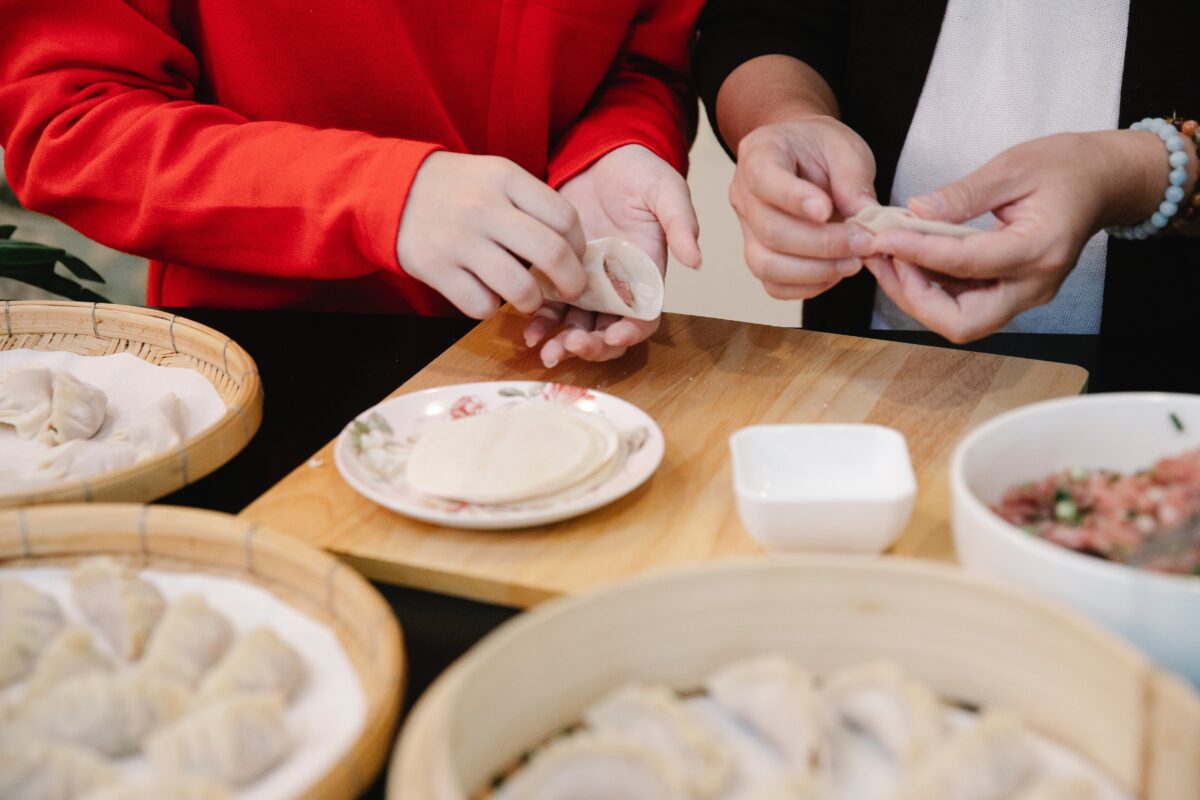
Over the years, Jiaozi has been recognized not only as a delicious yet nutritious meal but has become a meaningful main course. Chinese eat jiaozi not only during Chinese New Year but also on various special occasions throughout the year. With the influence of chefs and household origin from different provinces in China, these Asian dumplings take on a great variety in terms of fillings, cooking methods, and its symbolic meaning. Let us take a look at some examples of fillings and their meaning according to the Chinese.
- Chinese Celery (Qincai in Chinese)
- Qin homophonic to the word of diligence
- It is a blessing for diligence and pragmatism
- Chives (Jiucai in Chinese)
- Jiu homophonic to the word of long in term of time
- It is to wish people having good health, harmony, happiness that last eternally
- Chinese Cabbage (Baicai in Chinese)
- Bai homophonic to the word of hundred, the quantifier
- Blessings for all kinds (100 kinds) of wealth; or for the newlyweds to grow old together
- Shiitake Mushrooms (Xianggu in Chinese)
- Gu homophonic to the word of protruding as in an upward arrow or shares as in stock market
- It is a blessing for the winnings in stock market; or full of wealth; or wishing the younger generation have outstanding positive outcome in life
- Sauerkraut (Suancai in Chinese)
- Suan homophonic to the word of counting as in counting money
- It is a blessing for abundance wealth as well as good choice in life
- Brassica chinensis (Youcai in Chinese)
- You homophonic to the word of have or possessed
- Cai homophonic to the word of wealth or talent
- It is a blessing for have wealth and talent
- Fish mince (Yurou in Chinese)
- Yu homophonic to the word of remaining
- It is a blessing for endless wealth, good health and prosperities
- Beef mince (Niurou in Chinese)
- Symbolic to the strong character of the cow or bull
- Especially in stock, players wish for a bull market
- Lamb mince (Yangrou in Chinese)
- Yang homophonic to the word of ocean
- It is a blessing for fortune as large as ocean
- Jujube (Dazao in Chinese)
- Zao homophonic to the word of calling or attracting
- It is a blessing to attract wealth
Shaping and Cooking Jiaozi
As mentioned earlier, there are many different methods for making and cooking these Asian dumplings. In general, they are either boiled, steamed, grilled, fried, deep-fried, or baked.
When shaping your Jiaozi, here are some helpful tips that will keep it looking and tasting delicious:
- Use cold water when kneading the dough (preferably below 30 degrees Fahrenheit)
- The filling must not be too watery
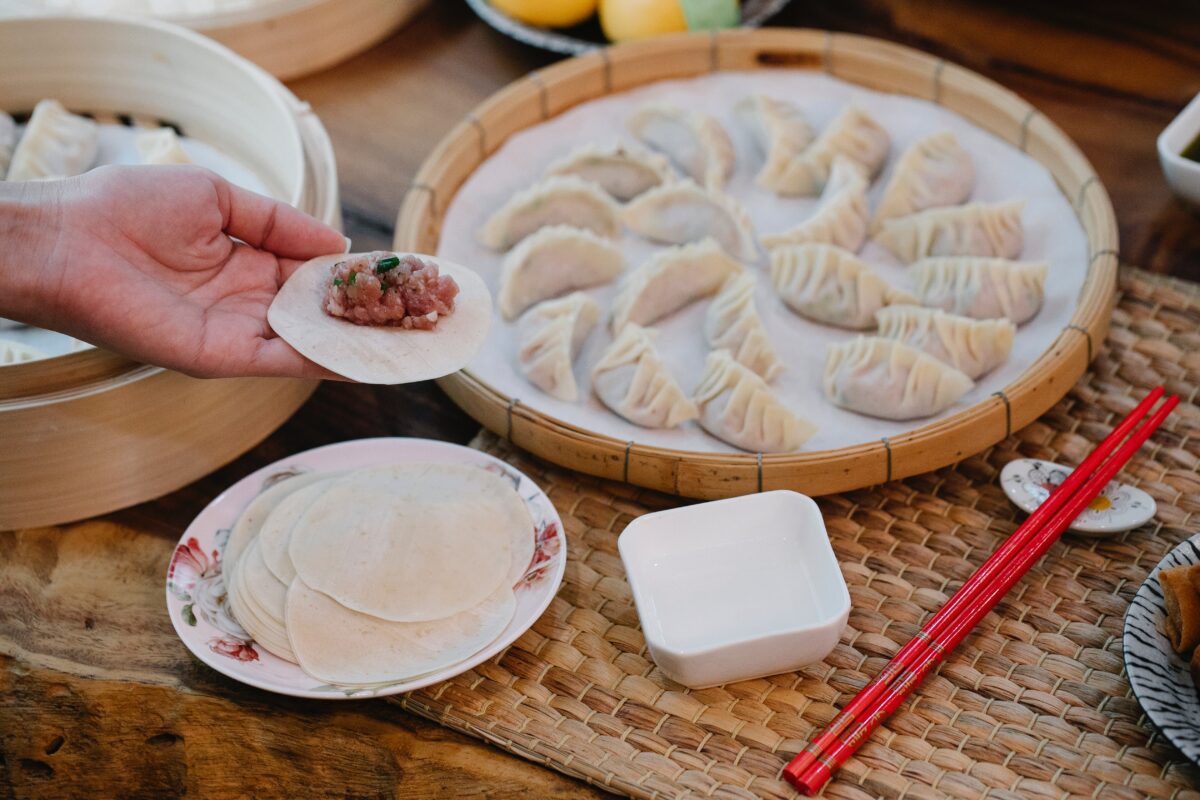
To wrap your Jiaozi in the shape of Yuanbao, first, place your filling in the middle of your dough. Carefully fold it over and press on the middle, closing it at both ends. Fold in the sides bit by bit, making sure there is no opening and that it is well-folded, and you will end with a yuanbao-shaped Jiaozi.
Recipe for Jiaozi
Based on individual taste and preference, especially homemade Jiaozi, each has its own special recipes, not only in terms of shape, filling, and ingredients but also in the dipping sauce.
Depending on the tastes of the eater and the time available in preparing the dish, some may prefer to make their own Asian dumpling wrappers from scratch while others may choose to buy ready-made off-the-shelf wrappers.
For those who would like to have some quality time with family members, this is one good family activity that all ages would enjoy doing. In the old days, this was a family gathering for the ladies to enjoy some chit-chatting time while preparing meals for the family.
In general, wheat flour is commonly used, but some use buckwheat flour as well. Knead the dough with cold water. The amount of water must be just sufficient to form a smooth and soft dough. Too much water will cause it easy to break when cooking. If too little water, the dough is too hard to wrap in the fillings.
Simple Recipe for Pork and Chives Fillings

Ingredients
Wrapper:
2 cups of all-purpose flour
½ cup water
Fillings:
½ cup chopped Chinese chives
½ kg minced pork
⅛ teaspoon salt
1 ½ teaspoon Chinese rice wine
Pinch of white pepper powder
¼ teaspoon sesame oil
Dipping Sauce:
Chinese black vinegar
Julienned ginger
Step-By-Step Instructions:
Step 1: Prepare the dough
- Mix flour with cold water
- Knead for 15 minutes or until it gets soft and smooth
- Roll into cylinders
- Cover with wet cloth and set aside
Step 2: Prepare the fillings
- Chop cleaned chives, use only the green part
- Mix the chives with minced pork
- Add in all other ingredients and combine well
Step 3: Wrap in the fillings
Step 4: Boil the dumplings
- Bring a pot of water to boil
- Gently put the dumplings into the boiling water
- Scoop out the dumplings as soon as they start to float
Serve with Chinese black vinegar and julienned ginger.
Whether you are preparing meals for your families or simply enjoying a hot meal this holiday season, learning to make Jiaozi will keep your family healthy and happy in 2022 and beyond. Bon appetit!
WANT TO READ MORE?
Check out Daily Mom’s Cooking With Children: 3 Must-Have Recipes This Holiday Season.
CONNECT WITH DAILY MOM
💖 NEWSLETTER: DAILY READS IN YOUR INBOX 💖
Sign up to receive our picks for the best things to do, see and buy so you can relax and focus on more important tasks! Let us help you be the best version of yourself you can be!
BE SOCIAL WITH US
📌 LOVE IT? PIN IT!📌





































